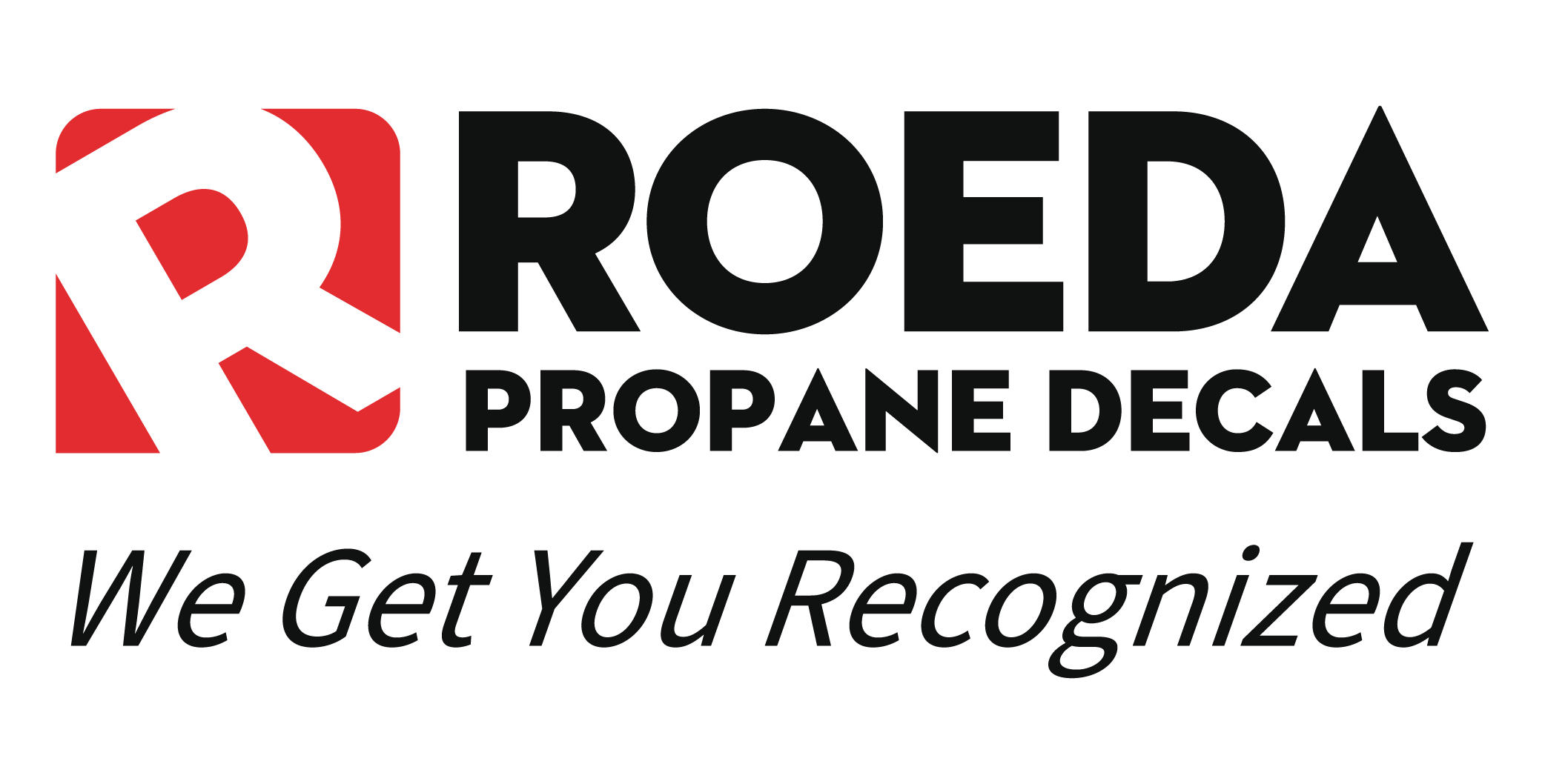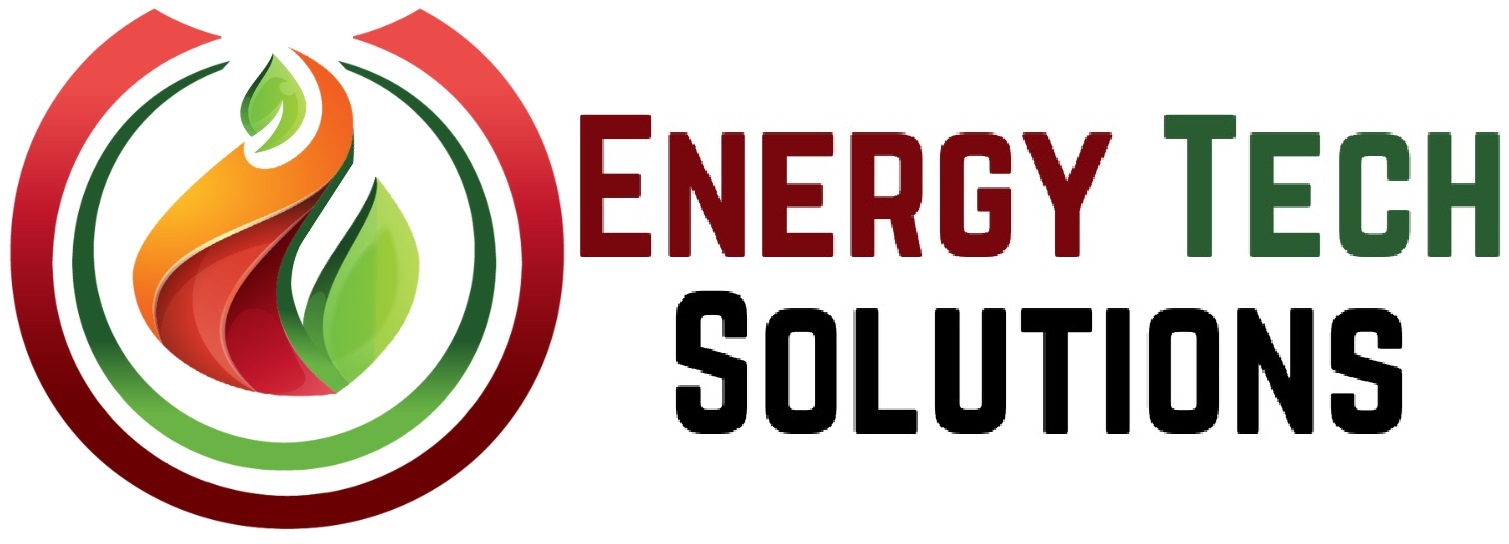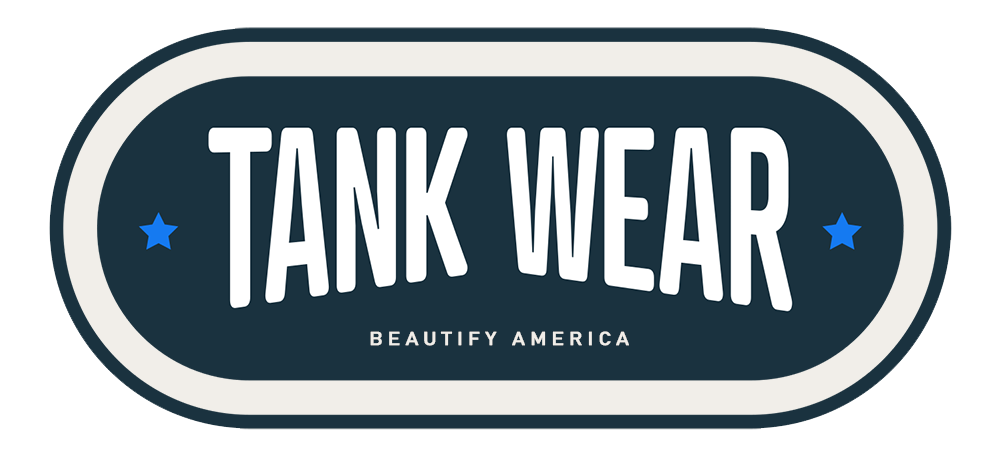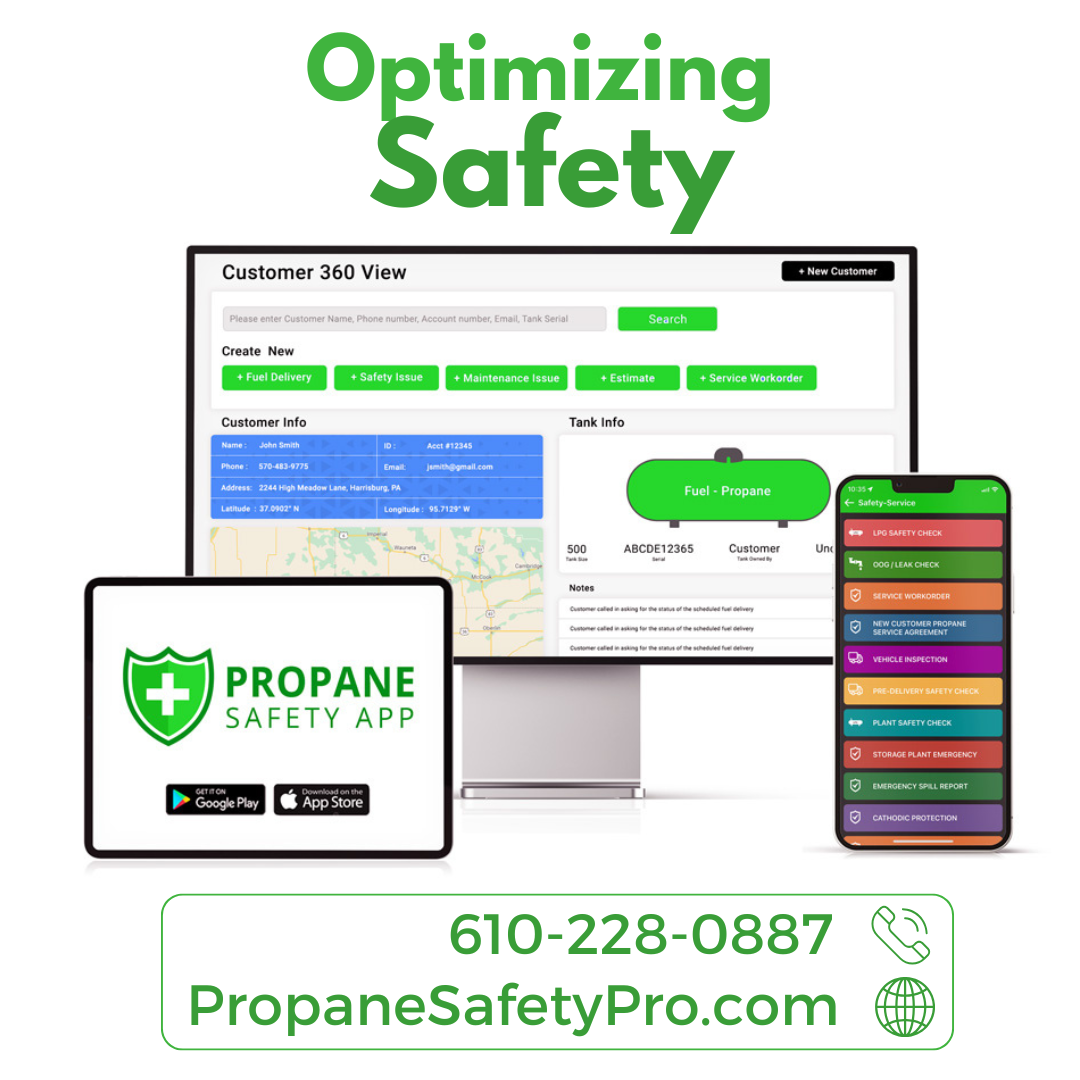Pricing Strategies for a More Stable Approach
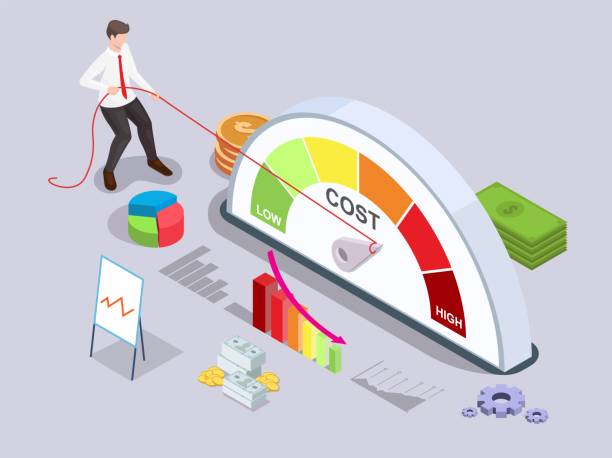
Pricing your products is no simple task. The propane market is influenced by a variety of unpredictable factors such as supply disruptions, seasonal demand shifts, and geopolitical events, making it difficult for fuel retailers to maintain stable pricing. These fluctuations can lead to uncertainty for both businesses and customers, impacting profitability and customer trust. While price volatility is unavoidable, propane companies can take proactive steps to reduce risk, stabilize pricing, and improve their long-term business strategy.
Understanding Market Trends for Better Planning
The propane industry is constantly evolving, and staying ahead of market trends is crucial for pricing decisions. Businesses that regularly monitor wholesale prices, supply chain developments, and global energy markets can better anticipate shifts in pricing. Seasonal trends, such as increased winter demand or summer supply buildups, should be factored into purchasing strategies to avoid last-minute price spikes. Subscribing to industry reports and analyzing historical data can provide valuable insights, allowing businesses to make informed pricing adjustments before market conditions change.
Strengthening Supplier Relationships for Reliable Pricing
A strong relationship with suppliers can provide stability in an unpredictable market. Propane businesses that negotiate favorable contract terms, such as volume-based discounts or fixed-rate agreements, can protect themselves from sudden cost surges. Diversifying supply sources also adds a layer of security, reducing dependence on a single supplier that may experience supply disruptions. Maintaining open communication with suppliers ensures that businesses stay informed about potential price changes and can adjust their pricing strategies accordingly.
Using Strategic Purchasing and Storage Solutions
Buying propane at the right time is a key factor in price management. By securing supply during off-peak periods when prices are lower, businesses can avoid high-cost emergency purchases during peak demand. Investing in adequate storage capacity allows businesses to build reserves, offering flexibility when market prices fluctuate. A well-planned inventory strategy can help stabilize pricing for customers, providing a competitive advantage and increasing customer loyalty.
Implementing Customer-Focused Pricing Models
Offering structured pricing programs can help businesses navigate market volatility while providing customers with more predictable costs. Fixed-price contracts, pre-buy programs, and budget billing options give customers more control over their propane expenses, reducing their exposure to sudden price hikes. These pricing models not only enhance customer satisfaction but also provide businesses with a steady revenue stream, making financial planning for everyone more predictable and feasible.
Leveraging Technology for Smarter Pricing Strategies
Advancements in technology have given propane businesses access to powerful pricing tools that can improve decision-making. Data analytics software can track trends in customer usage, regional demand patterns, and wholesale price fluctuations, helping businesses adjust pricing strategies in real time. Automated pricing models allow for quicker adjustments, ensuring that companies remain competitive without sacrificing profitability.
Communicating Pricing Changes with Transparency
Customers appreciate honesty, especially when it comes to fluctuating fuel prices. Clearly explaining pricing structures, market influences, and available customer programs can build trust and reduce frustration when costs increase. Businesses that communicate price changes openly – whether through newsletters, social media updates, or direct customer outreach – create a stronger relationship with their customer base.
Adapting to Market Changes with Agility
Propane pricing challenges will always exist, but businesses that take proactive steps can minimize risk and maintain stability. By understanding market trends, optimizing supply strategies, offering structured pricing programs, and leveraging technology, propane companies can create a sustainable pricing model that benefits both their bottom line and their customers. Staying flexible and responsive to change allows retailers to navigate unpredictable market conditions with confidence. In an ever-evolving industry, the ability to adapt and plan strategically will be the key to long-term success.



